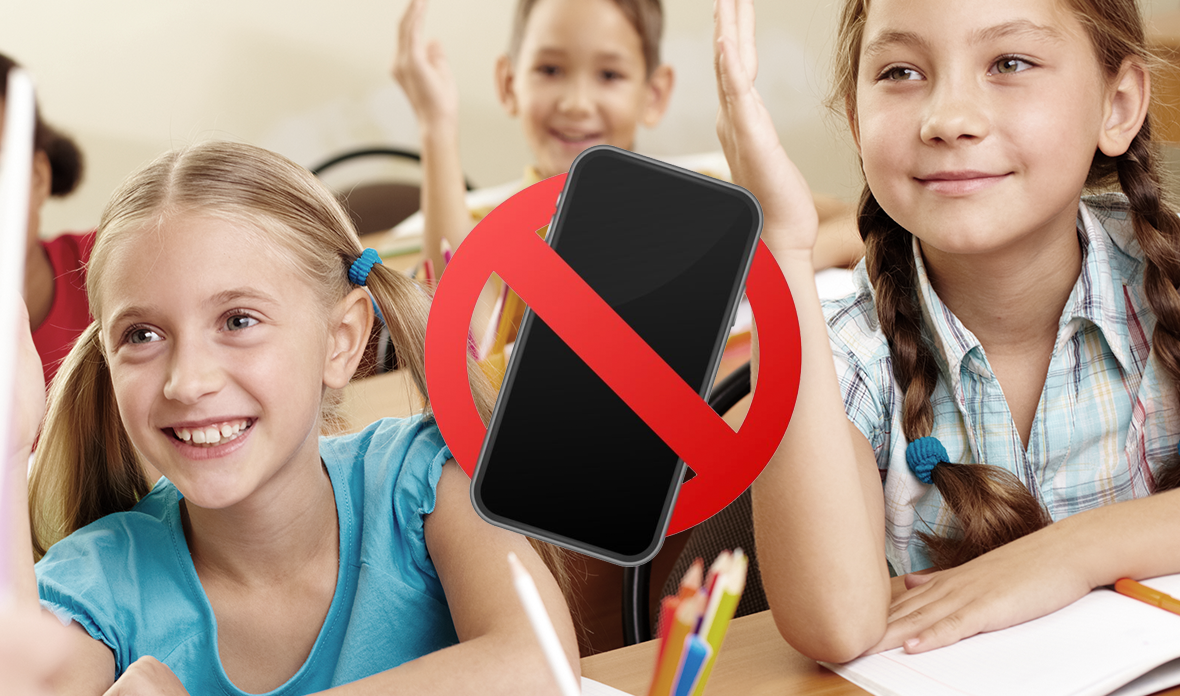When the iPhone arrived in 2007, no one imagined how profoundly it would reshape childhood. The years that followed saw a surge of EdTech innovation — from Khan Academy and Duolingo to Quizlet, Seesaw, and Google Classroom. These apps turned every pocket into a potential classroom. But with convenience came collateral damage: rising screen addiction, myopia, fragmented attention, and unprecedented levels of social anxiety among children.

When the first iPhone entered classrooms in 2007, it quietly rewired how students learn, socialize, and think. From this revolution came a golden age of EdTech. Platforms like Khan Academy made math mastery free. Duolingo turned language learning into a daily habit. Quizlet, Seesaw, Nearpod, and Google Classroom redefined how teachers assigned, shared, and assessed. For a while, it felt as though education had found its digital destiny.

But over time, the costs surfaced. Teachers noticed dwindling eye contact and shorter attention spans. Pediatricians warned of soaring myopia rates. Counselors saw new patterns of social-emotional anxiety rooted in constant comparison and online overload. At home, parents fought nightly skirmishes over “five more minutes” that often stretched into hours.
The promise of personalized learning had morphed into perpetual distraction.
Taken together, the evidence suggests that the smartphone era in education brought both innovation and a growing cognitive / wellbeing cost.
Return to organic learning rhythms
Reports from classrooms shows early signs of positive changes:
This is being described by some educators as a return to more “organic learning” — where attention, peer interaction and teacher-led discourse regain centre stage.
With schools recalibrating, parents have a critical role too. To leverage this moment:
As the phone-ban movement signals a pivot in education, several questions loom:
The classroom phone ban isn't a retreat from technology, but a crucial step forward. It's a collective deep breath, a chance to recalibrate our relationship with the digital world. The next chapter of EdTech won't be written on the endless scroll of a social media feed, but on platforms designed for deep focus and genuine mastery. It will be led by tools that amplify human connection rather than replace it. By drawing this line, we are not closing the door on progress; we are holding it open for a more intentional, more human, and ultimately more effective future of learning.
Enquiry:
hello@curiocam.io
Partnership:
partnership@curiocam.io
NYC Office:
+1 212-518-2841
390 5th Avenue NY 10018.